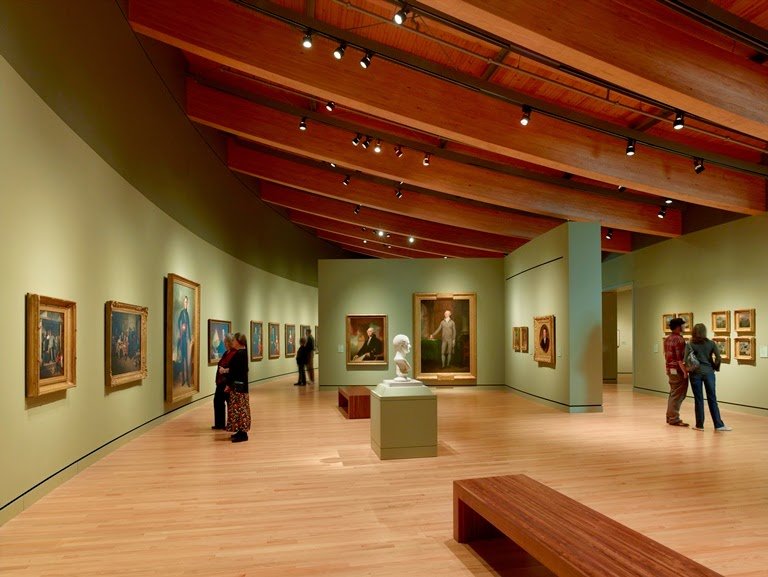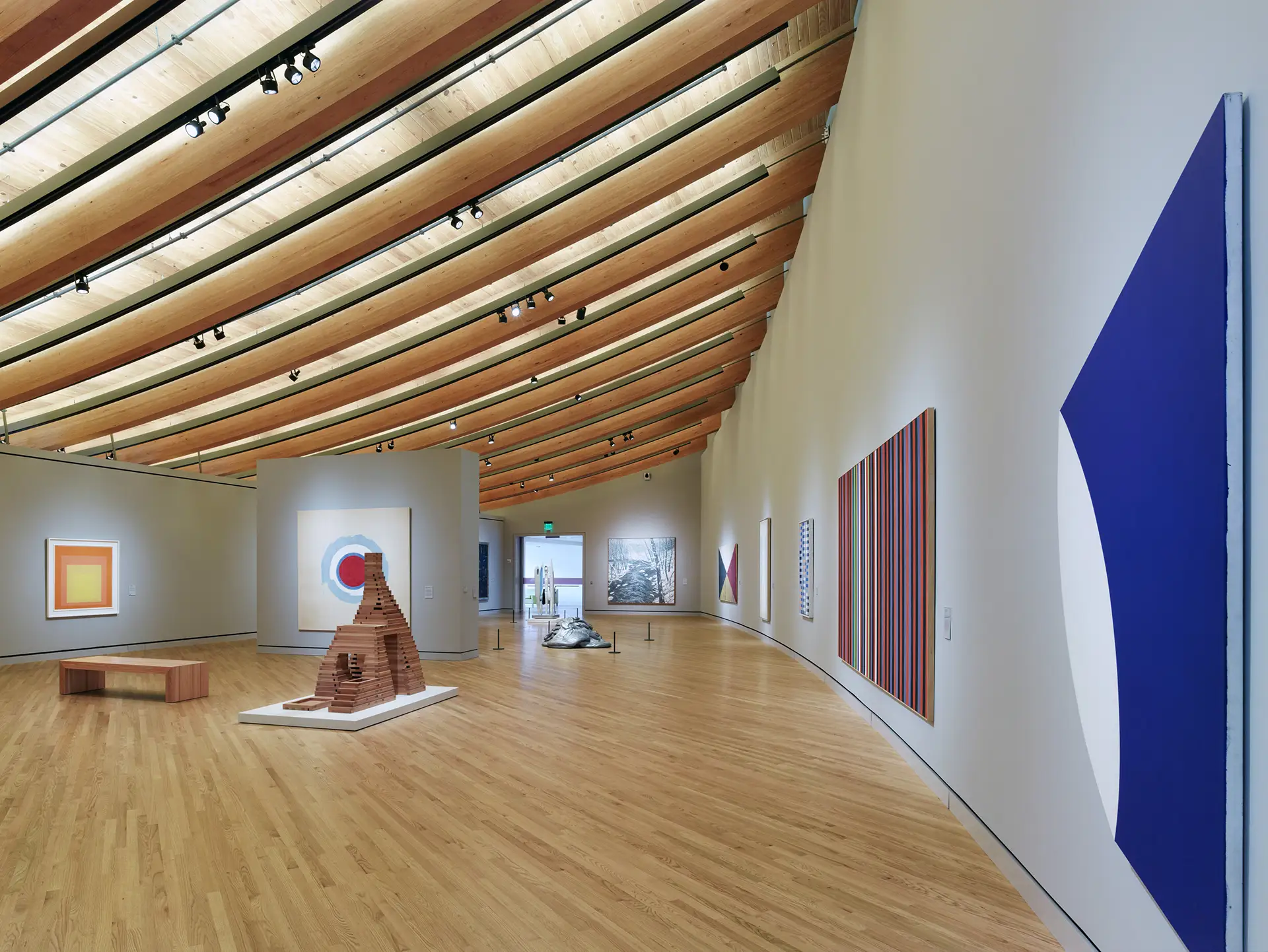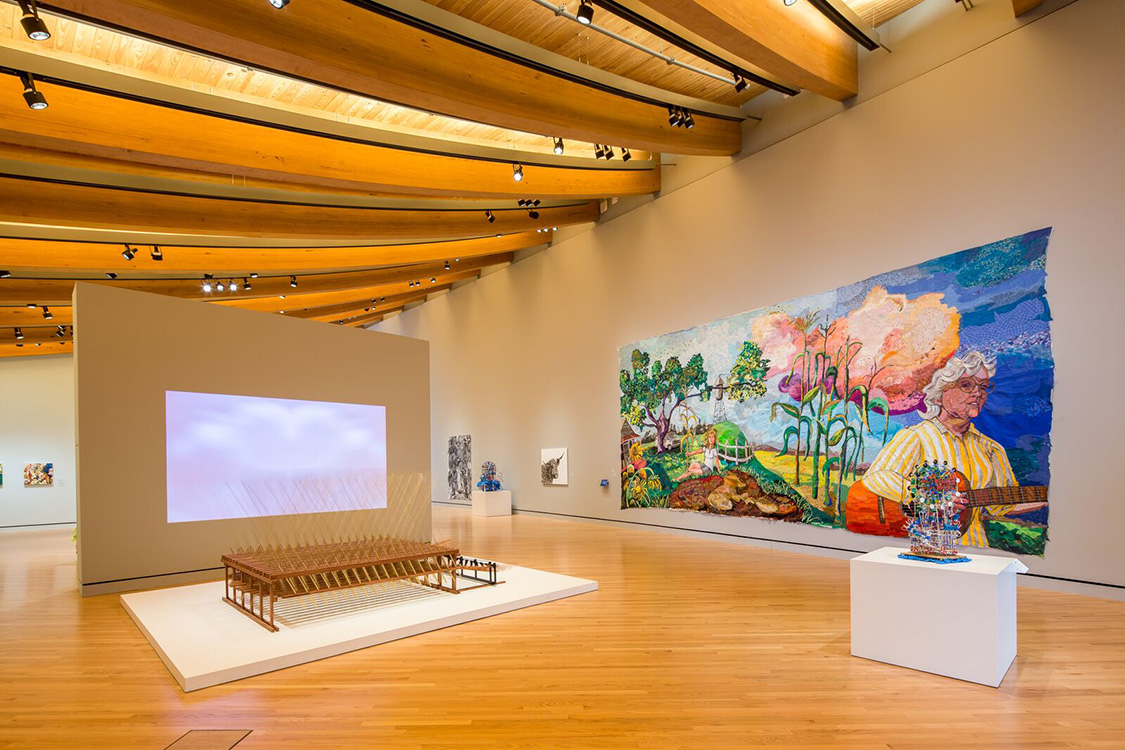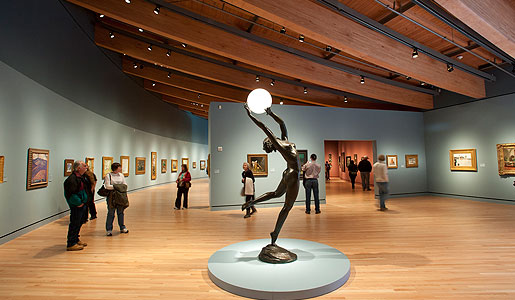Crystal Bridges Museum Of American Art Directory

In a move lauded by some as progressive and criticized by others as prioritizing political correctness over artistic merit, the Crystal Bridges Museum of American Art has quietly updated its online directory, sparking a debate about the role of museums in shaping narratives and reflecting societal values.
The revised directory features expanded artist biographies, contextual information about artworks, and, most notably, flags highlighting potentially problematic or controversial aspects of an artist's life or work. This includes instances of cultural appropriation, insensitive depictions, or connections to historical injustices. The directory serves as a primary resource for museum visitors, researchers, and art enthusiasts, shaping their understanding of American art history. This change is therefore a significant shift in how the museum presents its collection and engages with its audience.
Background and Rationale
The impetus behind the directory update, according to a statement released by the museum's director, Olivia Walton, is to provide a more nuanced and comprehensive understanding of American art.
The goal is to acknowledge the complexities inherent in the nation's history and to foster open dialogue about difficult topics. The directory aims to contextualize artworks within their historical and social contexts, enabling visitors to engage with them in a more informed and critical manner. The initiative is part of a broader effort by the museum to address issues of diversity, equity, and inclusion, and to ensure that its collection reflects the richness and complexity of the American experience.
Details of the Directory Update
The updated directory includes several key changes. Artist biographies have been expanded to include information about their backgrounds, influences, and social contexts.
New contextual information has been added to the artwork descriptions, providing historical and cultural context. Flags or markers are used to highlight potentially problematic or controversial aspects of an artist's life or work. These flags link to additional resources and information, allowing visitors to delve deeper into the issues at hand.
The criteria for determining what constitutes a "problematic" element are based on extensive research, consultations with experts, and community feedback.
Reactions and Controversy
The directory update has elicited a range of reactions from the art world and the public.
Some critics argue that the museum is engaging in a form of censorship or historical revisionism. They contend that the flags and contextual information may unduly influence visitors' interpretations of artworks, potentially diminishing their artistic merit. Concerns have also been raised about the subjectivity of the criteria used to determine what constitutes a "problematic" element.
“Museums should be places of appreciation and education, not judgment,” stated Arthur Miller, an art critic for a prominent publication, in a recent online commentary.
Supporters' Perspective
However, many have applauded the museum's efforts to provide a more comprehensive and contextualized understanding of American art.
They argue that acknowledging the problematic aspects of artists' lives and works is essential for fostering critical thinking and promoting social justice. Supporters believe that the directory update will encourage visitors to engage with artworks in a more nuanced and informed manner, rather than simply accepting them at face value. This is seen as a positive step toward creating a more inclusive and equitable art world.
Dr. Sarah Chen, a professor of art history specializing in cultural representation, commented, “This isn’t about erasing history, but about enriching it. By acknowledging the complexities and contradictions, we can have a more honest and productive conversation about art and its role in society.”
Specific Examples and Case Studies
One example of the directory's application involves the work of Winslow Homer. The directory now includes information about the potential for racial stereotypes in some of his paintings, acknowledging the historical context of those images and the sensitivities surrounding them.
Another example involves a sculpture by Augustus Saint-Gaudens, the directory highlights the artist's involvement in the Confederate Memorial Association and the controversial nature of Confederate monuments. These examples demonstrate how the directory update provides visitors with a more comprehensive understanding of the artists and their works, encouraging them to engage with the art in a more critical and informed manner.
These updates are meticulously documented with citations to primary sources and scholarly articles, providing visitors with opportunities for further research.
Impact on the Museum and Community
The Crystal Bridges Museum has experienced both positive and negative impacts since the directory update.
Attendance has remained relatively stable, but the museum has seen a significant increase in online engagement, with visitors spending more time exploring the directory and related resources. The museum has also received a surge in donations from individuals and organizations that support its commitment to diversity, equity, and inclusion. However, there has also been a backlash from some conservative groups and individuals who accuse the museum of political bias.
This has resulted in some negative press and a decline in support from certain segments of the community.
The Future of the Directory
The Crystal Bridges Museum plans to continue refining and expanding the directory based on feedback from visitors, experts, and the community.
The museum is committed to ensuring that the directory remains a dynamic and evolving resource, reflecting the latest scholarship and perspectives. The museum also plans to develop educational programs and initiatives that complement the directory, providing visitors with opportunities to engage with the issues raised in a more in-depth and interactive manner. Olivia Walton emphasized the importance of ongoing dialogue and collaboration in shaping the future of the directory.
The success of this initiative may well influence other museums across the nation to adopt similar approaches in presenting their collections, potentially transforming the landscape of art interpretation and engagement for years to come.

















